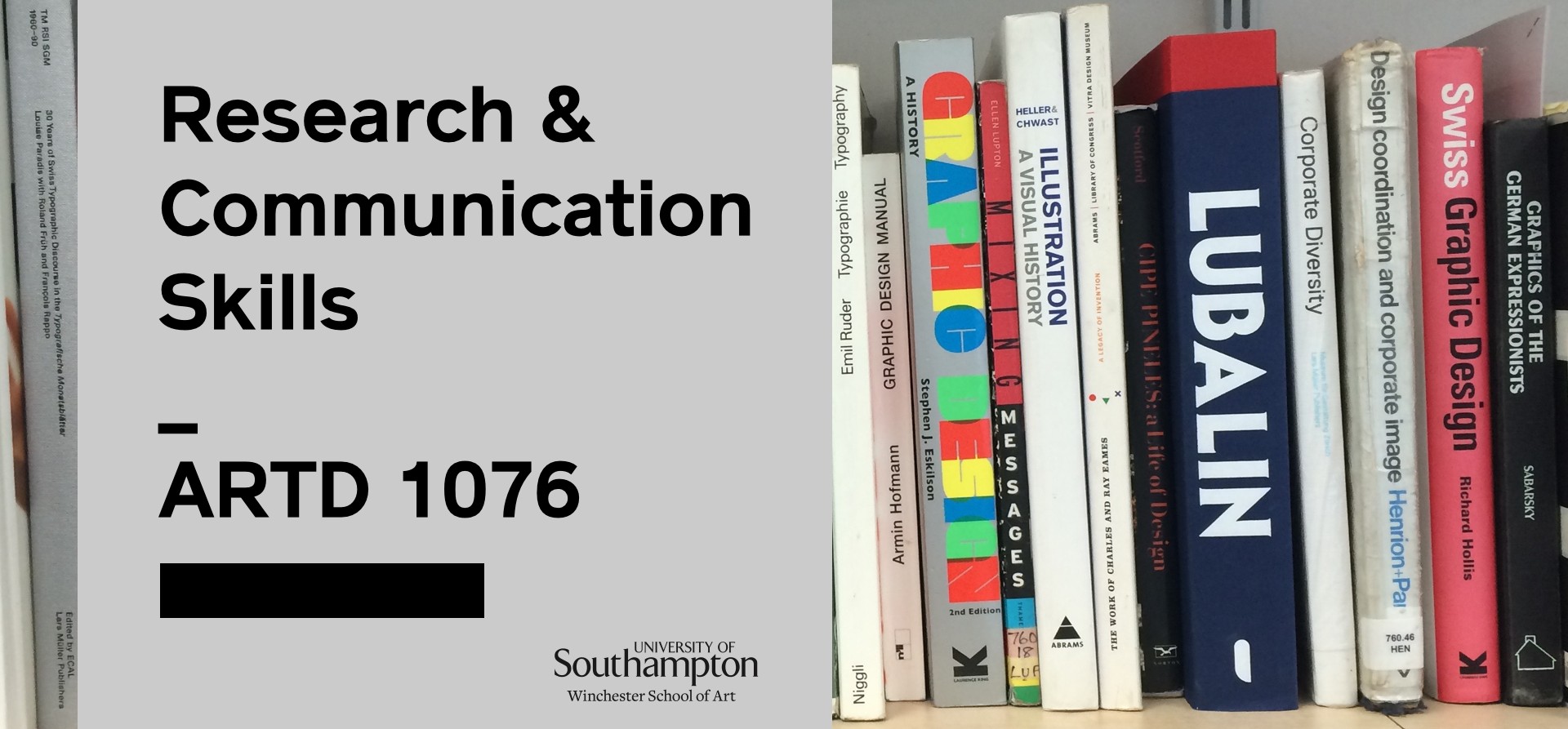Berger J. (1972) Ways Of Seeing. London: Marylebone.
Ways of Seeing is a collection of essays explaining that the way we see and view things is affected by our knowledge and beliefs. It is an extension and elaboration based on the BBC TV series ‘Ways of Seeing’ with John Berger. Ways of Seeing was created by five authors/ contributors- John Berger, Sven Blomberg, Chris Fox, Michael Dibb and Richard Hollis. The book consists of seven numbered essays, four use words, three only images (essays two, four and six).
I feel the books purpose and direction is to explain that the way we view art has changed over time, through technology (photography, the internet magazines etc) and that who can view art has changed- because it has become more accessible to anyone, not just higher classes of people and they view this in a positive way. ” The masses, thanks to reproductions, can now appreciate art as the cultured minority once did”. This therefore takes some o f the elitism out of art.
However it also explains that it now is nearly impossible to see things ‘innocently’. “Images of art have become ephemeral, ubiquitous, insubstantial, available, free” … “they no longer, in themselves, have power”. Art now is so accessible, it surrounds us. It is out of its context- out of galleries. We already have prior knowledge of the art, we already have expectations and assumptions `of it before even seeing the original or without ever seeing the original.
Berger also explains that now there is a ”bogus religiosity” surrounding seeing an original piece of artwork because there are so many reproductions. This therefore makes people believe that it is almost a spiritual experience to see an original piece of work, it’s an achievement to see it. However they do also explain that it is “ultimately dependant on their market value” and how this ‘spiritual experience’ of seeing an original has sadly become a “substitute for what paintings lost when the camera made them reproducible”.
However, I feel that this ‘substitute experience’ shouldn’t be seen as negative as seeing the original in the ‘flesh’ is an experience and maybe even so much more meaningful now because of how there are so many reproductions and different versions of just one painting. That when you see the real thing it is like unveiling the truth and makes you understand how different it is, or isn’t to what you have previously seen and felt towards it. Whether it being a positive or negative outcome, it is still an effective experience.
